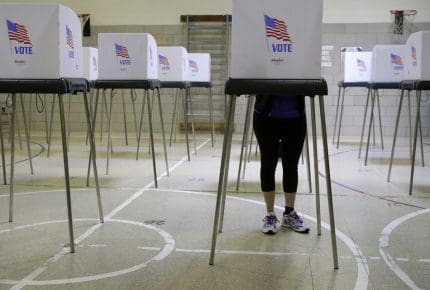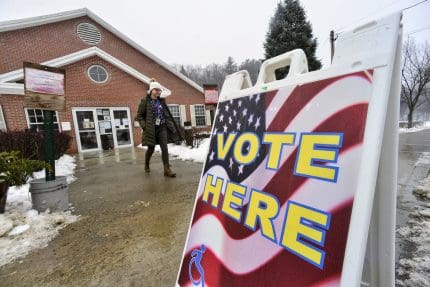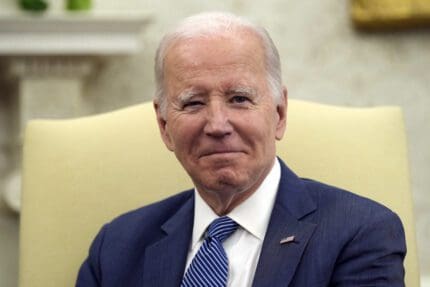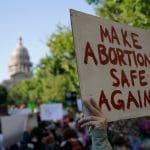FDA warns that White House test Trump keeps pushing may not be accurate
The tests the White House is relying on to keep the virus from Trump and pence missed 48% of positive cases.
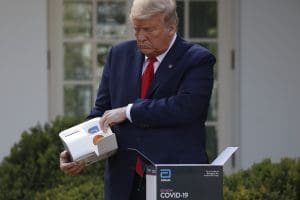
The U.S. Food and Drug Administration on Thursday issued a warning saying that the rapid coronavirus tests the White House has been using may produce inaccurate results.
The warning comes after a New York University study found the Abbott ID Now tests used by the White House missed as many as 48% of positive coronavirus cases.
“We are still evaluating the information about inaccurate results and are in direct communications with Abbott about this important issue,” Tim Stenzel, director of the Office of In Vitro Diagnostics and Radiological Health at the FDA’s Center for Devices and Radiological Health, said in a news release. “We will continue to study the data available and are working with the company to create additional mechanisms for studying the test.”
Ultimately, while Stenzel warned about the possible inaccurate results from the Abbott tests, he added that they may still “correctly identify many positive cases in minutes.”
“Negative results,” he explained, will simply need to be “confirmed with a high-sensitivity authorized molecular test.”
Trump has touted the Abbott test numerous times, including at a March 30 coronavirus task force briefing at the White House where he called it “incredible” and “highly accurate” and “not nearly as disturbing to do as the other tests.”
As recently as April 30, Trump was boasting that the test was better than those he claimed were left behind by the Obama administration. “That didn’t exist eight weeks ago, and now it’s like the rage. Everybody wants that test,” he said.
He claimed the prior administration had left them “with bad, broken tests and obsolete tests” but did not elaborate or clarify to what he was referring.
Testing — which public health experts say is key to identifying and isolating the coronavirus to stop its spread — has been a big problem for the Trump administration.
In the early days of the outbreak, testing was scarce and few could obtain it. Even after the Centers for Disease Control began shipping test kits to states, a flaw in those kits forced them to reverse course, further delaying the process.
And while testing availability has since increased, experts say it’s not nearly at the levels needed to safely get the country’s economy back up and running.
“You can’t just take the national number and scale it to states by their population. You have to base it on the size of the outbreak in a state,” Ashish Jha, director of the Harvard Global Health Institute, told STAT News in late April.
In order to catch every new infection, he added, “you would need more than 300 million tests a day. … That’s an interesting theoretical exercise but since it’s not going to happen, it’s policy-irrelevant. If you say that, people stop listening.”
Published with permission of The American Independent Foundation.
Recommended

Biden campaign launches new ad focused on Affordable Care Act
Former President Trump has said he wants to do away with the popular health care law.
By Kim Lyons, Pennsylvania Capital-Star - May 08, 2024
Ohio doctors fear effects of emergency abortion care case set to go before U.S. Supreme Court
A federal law that allows emergency departments to treat patients without regard to their ability to pay will be under U.S. Supreme Court scrutiny this week, and Ohio doctors are concerned about the case’s local impact on emergency abortion care.
By Susan Tebben, Ohio Capital Journal - April 23, 2024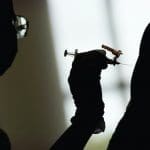
House GOP votes to end flu, whooping cough vaccine rules for foster and adoptive families
A bill to eliminate flu and whooping cough vaccine requirements for adoptive and foster families caring for babies and medically fragile kids is heading to the governor’s desk.
By Anita Wadhwani, Tennessee Lookout - March 26, 2024

























